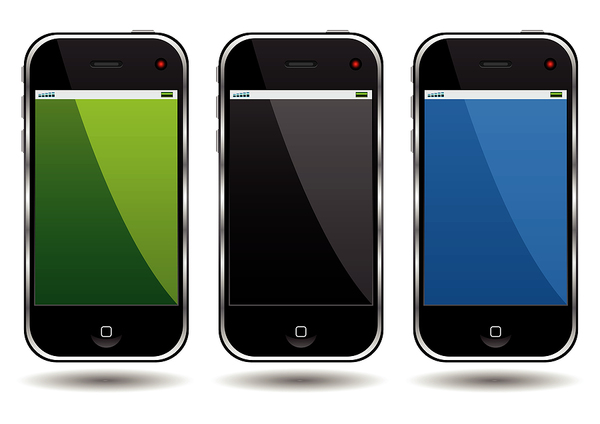
A picture is worth a thousand words, so CPG packing designers are trying to eliminate secondary information while making key graphical elements stand out so that e-commerce packages are more recognizable on mobile phones. As a culture, we’ve shifted toward smaller screen mobile devices, so this trend was probably inevitable. The trend is called mobile ready hero images, and here is what you need to know.
4W’s and CPG Packaging Design
Most online shopping and product reviews are done on smartphones or tablets. It’s created some design challenges for CPG packaging that some companies are leveraging to sell more products.
Today’s online shoppers find it difficult reading the small text found on product packaging, especially when the package is viewed on their smartphone.
These trends have driven CPG packaging leaders to adopt more of a mobile-first approach by focusing on mobile ready hero images of the package that eliminate any secondary fluff about the product and emphasize the graphics. Companies like Unilever are rolling out packages of these images in an effort to drive higher conversions. The trend is called mobile hero design, and companies are spending big bucks attempting to figure out how to capitalize on the idea to keep connect their package with consumers on small-screen formats.

The University of Cambridge Design Group discovered that shoppers respond to CPG packaging designs by spotting familiar shapes, colors, patterns, and symbols. Commerce Summit reports, “The need for a fresh approach in creating clear, concise online package images gets further compounded by the small screen size of mobile devices—the increasingly preferred form for online shoppers.”
In attempting to reach as many people as possible on the digital device of their choice, CPG packaging designers focus on the 4Ws to create their mobile-ready hero images:
- Who is the brand?
- What is the product?
- Which variety is it?
- How much is in the packaging?
The 4Ws are the bare minimum a distracted shopper needs to click the "add to basket" button. This is especially true for the repeat customer on a cluttered e-commerce site. In these instances, research shows us the consumer doesn’t read the product title, look at the customer reviews, or even the price to recognize the product and make the purchase. Instead they look at the package. And if it is cluttered with too much information, it makes it difficult to know what they are buying.
For CPG packaging design in the e-commerce space, this is some of the cleanest, most concise imaging guidelines we’ve seen to date. There are signs that this trend will be standardized; there is a new Mobile Ready Hero Images working group that has pledged to create and adopt new standards for the industry. Their goal is to create “A consistent and global approach to the way we display imagery, layout, iconography, and symbols” to help consumers understand packaging contents with “little or no reading of text.”
Over the next few years, we can expect some standardization around these goals so that mobile-friendly package images for e-commerce will entice consumers to convert with very little written data and larger pictures.
PKG Brand Design is always on the forefront of new CPG branding and packaging initiatives; please subscribe to our blog for the latest package design industry news!


.jpg)




